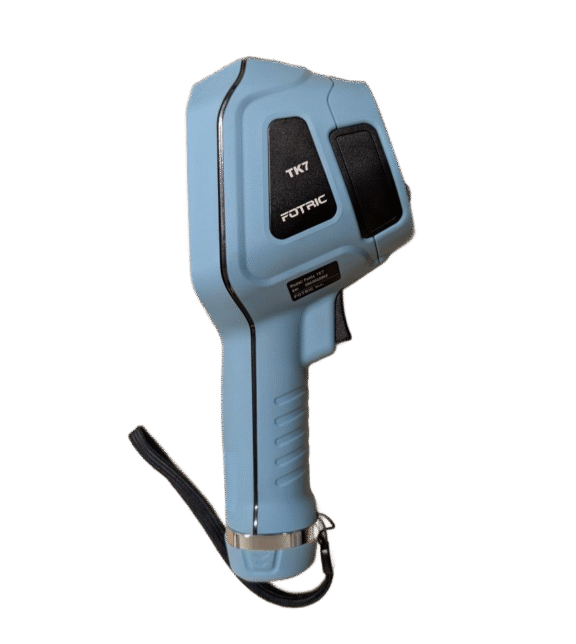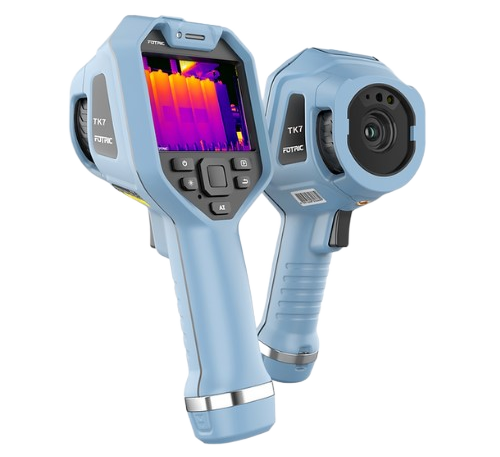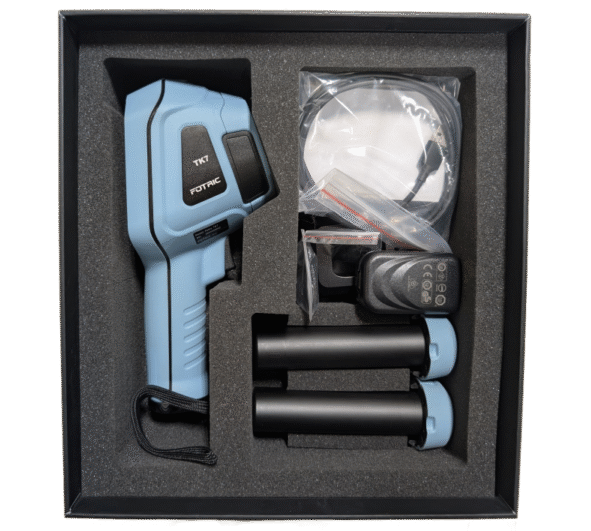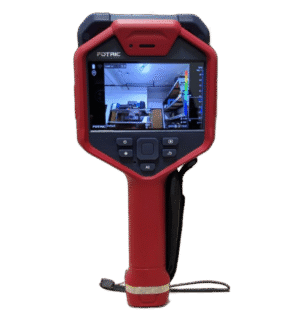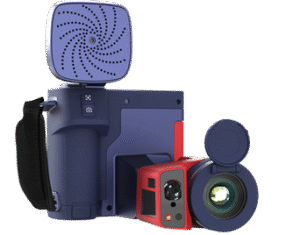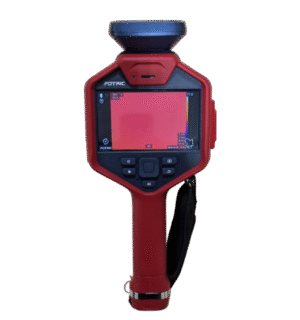The FOTRIC TK-Series is a line of entry-level thermal imaging cameras designed for entry level users who are new to thermal imaging or who need a basic thermal camera for routine inspections . These cameras are known for their affordability, ease of use, and rugged construction.
Key Features TK7:
Models:
Applications:
Resources:
Key Features TK7:
- Intuitive Android user interface: The TK-Series cameras use an Android platform interface, which is similar to what is found on many smartphones and tablets. This makes the cameras easy to learn and use, even for people who are not familiar with thermal imaging.
- Touch screen display: The TK-Series cameras have a touch screen display that allows you to easily navigate through menus, view images, and make annotations.
- Image fusion: TK-Series cameras offer image fusion, which blends thermal and visible light images together. This can be helpful for identifying objects in thermal images.
- Rugged construction: The TK-Series cameras are built to withstand tough environments. They are dustproof and water-resistant (IP54) and can withstand drops from up to 2 meters.
- WiFi connectivity: The TK-Series cameras have built-in WiFi connectivity, which allows you to easily transfer images and data to a smartphone, tablet, or computer.
- Image storage: Images can be stored on the camera’s microSD card
Models:
There are two main models in the TK-Series: TK8 and TK7. Here’s a brief comparison of their features:
| Feature | TK8 | TK7 |
|---|---|---|
| IR Resolution | 384 x 288 | 384 x 288 |
| Thermal Sensitivity (NETD) | 40mk | 40mk |
| Field of View | 25° x 19° | 49° x 37° |
| Focus | Manual | Focus Free |
| Temperature Range | -20°C to 350°C | -20°C to 400°C |
| Measurement Tools | 6 spots, 3 lines, 4 areas | 4 spots, 2 lines, 2 areas |
Applications:
The TK-Series cameras are a good choice for a variety of applications, including:
- Building inspection: Identifying air leaks, moisture intrusion, and insulation deficiencies
- Electrical and mechanical maintenance: Inspecting for overheating components, overloaded circuits, and potential electrical hazards
- HVAC inspection: Identifying duct leaks, blockages, and inefficiencies
- Plumbing inspection: Identifying leaks and blockages in pipes
- Security and surveillance: Detecting people and objects in low-light or no-light conditions
Resources:


